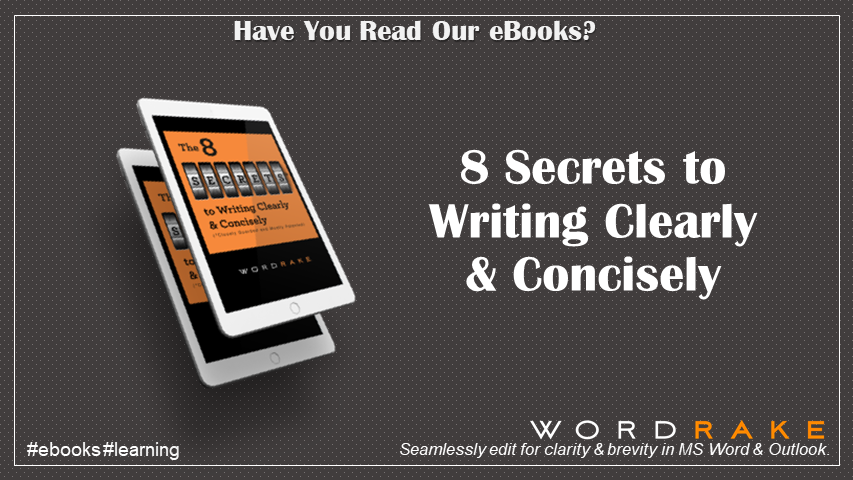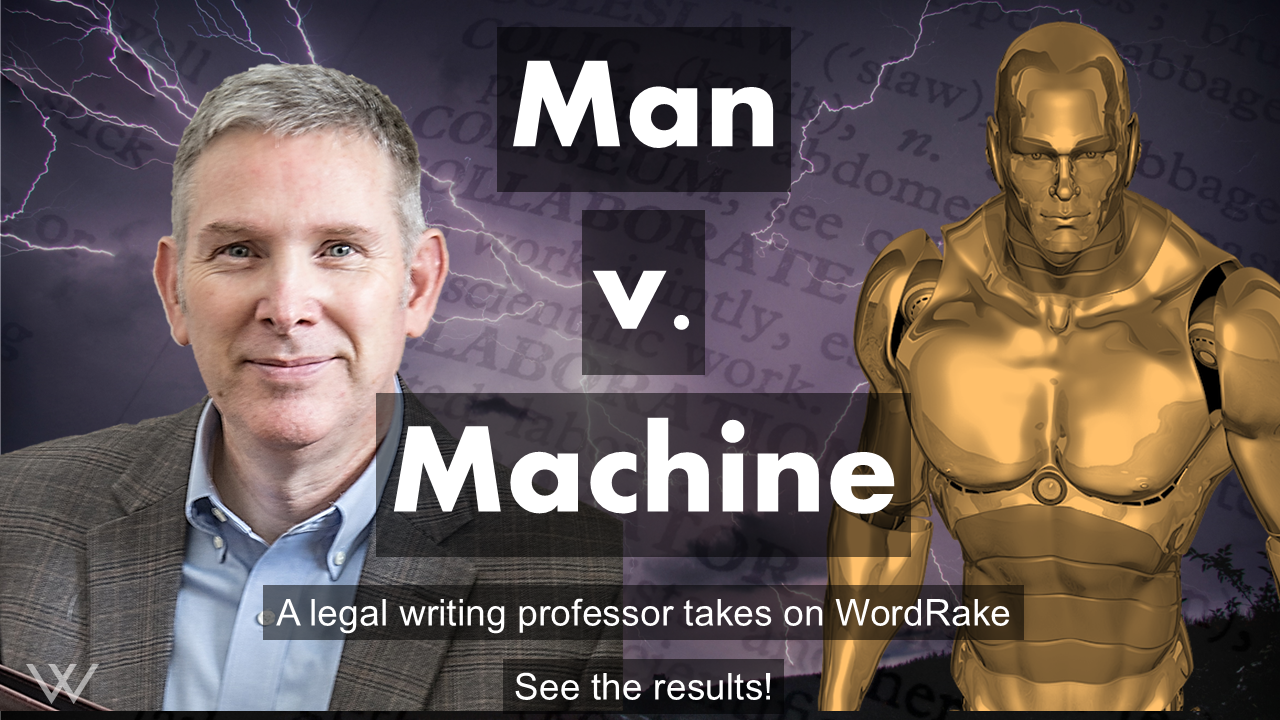If you asked me to describe what I did last summer, I’d write an essay about exploring, in greater depth, the pitfalls of legalese. My research revealed that inflated diction, jargon, wordiness, and rambling sentences have unraveled legal documents across the country. So lawyers should by wary of forms afflicted by dense, impenetrable text. The proof is in the cases.
You’ll find my research results in “How Legalese Jeopardizes Enforceability,” soon to be published in The Scribes Journal of Legal Writing. But I’ll give you the short version here: Federal and state courts across the country—in Arizona, California, Colorado, Florida, Massachusetts, New Jersey, New York, Ohio, Wisconsin, and elsewhere—have rejected poorly written, legalese-laden documents. The rejected documents have included liability releases, prenuptial agreements, arbitration clauses, banking forms, employment contracts, bankruptcy notices, and more.
These case outcomes might surprise some, but they shouldn’t. After all, the law frequently demands clarity. It’s a common—and often explicit—prerequisite to enforceability. Codified plain-language laws are found across the nation. And common-law clarity requirements control the enforceability of insurance-policy provisions, liability releases, and contracts in general. Clarity is also a notable feature in common-law unconscionability rules.
Given this legal backdrop, you can anticipate why some documents haven’t withstood judicial scrutiny. Here’s a quick sampling of phrases courts have used when refusing to enforce documents:
- “dense with legalese”
- “poorly written”
- “convoluted legalese”
- “confusing and difficult to understand”
- “expressed in unintelligible legalese”
- “not reasonably clear to the signer”
- “indigestible chunk of legalistic boilerplate”
So for all its perceived reassurance, precision, or convenience, the fact is that traditional legal style increases risk. It’s a safety net with a hole in it.
On the flipside, courts have cited plain language and thoughtful design as reasons to enforce documents, using these descriptors:
- “clear”
- “clearly”
- “easy to read”
- “easily readable”
- “plain”
- “plain language”
- “simple”
- “straightforward”
These words don’t usually leap to mind when we think of legal forms, but they should.
The takeaway: Lawyers enhance their chances of success by using plain, well-organized forms. Clarity is a legally prudent—and sometimes mandatory—goal.
The most effective legal drafters use every available tool to enhance their forms’ clarity. One simple tool is the trusty red pen—perhaps reinvigorated by my research findings? (One can hope.) But lawyers also have modern tools to help them spot edits. One is editorial software, which flags wordiness and legalese yet leaves substance intact. Another possibility is generative artificial intelligence, which is powerful yet requires more post-revision time and care in checking for altered or deleted substance.
Legal drafting is a challenge. And perfection is an unrealistic goal, though we strive for it nonetheless. No amount of care can prevent every fuzzy edge or uncertain reading. All a skilled drafter can hope to do is create a navigable document with consistent, clear language that minimizes the risk of ambiguity or judicial scorn. Our success hinges on editorial diligence—including recognizing the need to edit and, at times, reinvent forms.
About Mark Cooney
Mark Cooney chairs the writing department at Thomas M. Cooley Law School. He was Editor in Chief of The Scribes Journal of Legal Writing for six volumes and now serves as a Senior Editor. He is author of Sketches on Legal Style (Carolina Academic Press 2013) and coauthor of The Case for Effective Legal Writing (Carolina Academic Press 2024). He has published more than 50 articles or book chapters on legal writing and other topics. His works have appeared in The Green Bag, Legal Communication & Rhetoric: JALWD, the Scribes Journal, and elsewhere, and have been quoted and cited by state and federal courts.









